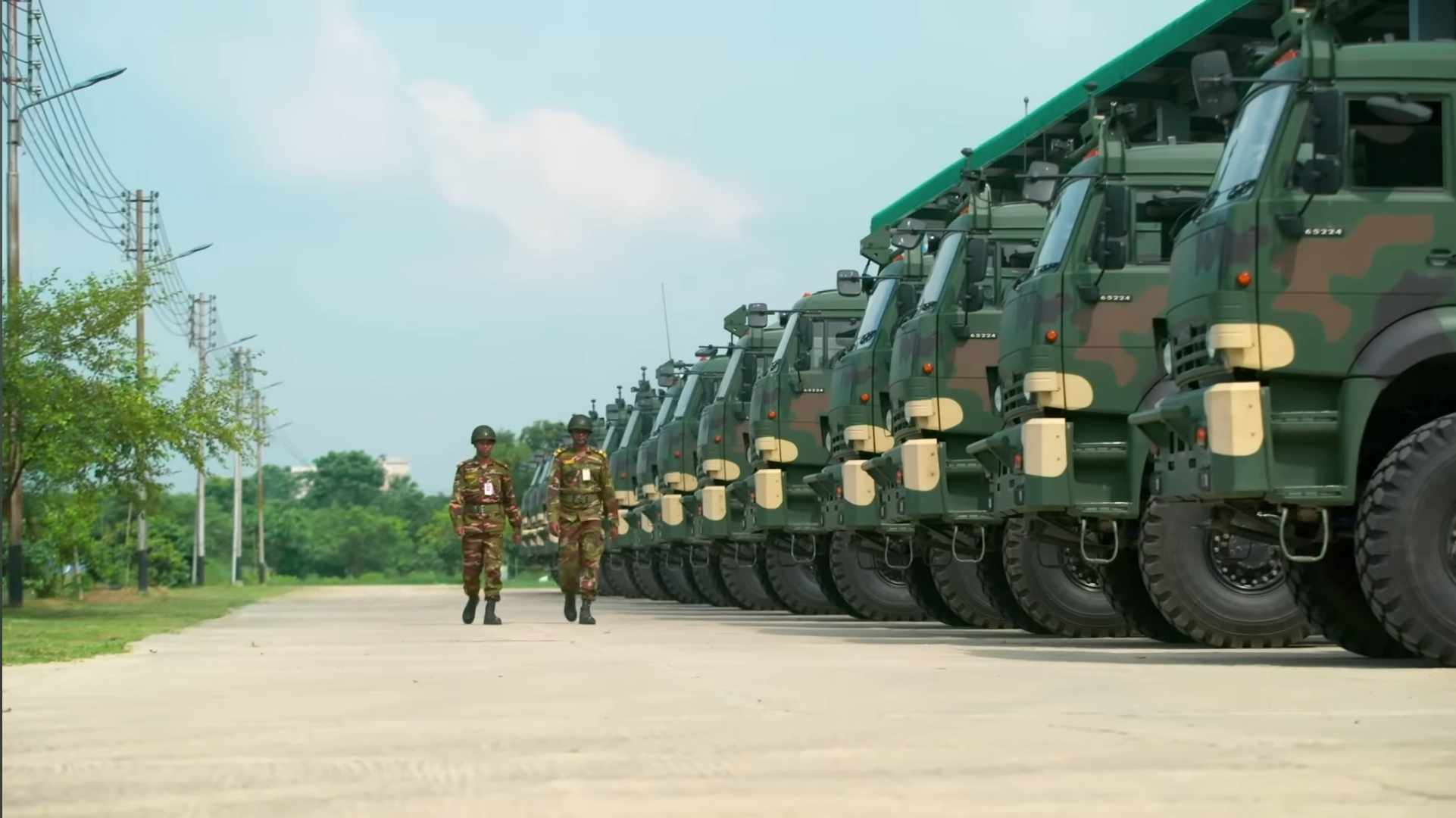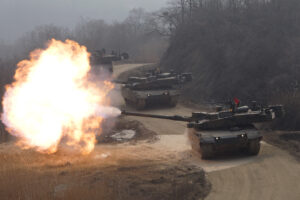This content is restricted to site members. If you are an existing user, please log in. New users may register below.
Humanitarian Corridor for Repatriation of Rohingyas to Myanmar: The Simplified Facts

Reading Time: 5 minutes The Rohingya crisis, arising from systemic persecution and violence against the Rohingya Muslim minority in Myanmar’s Rakhine State, has evolved into one of the most acute humanitarian emergencies in South Asia. Since August 2017, an estimated 700,000 Rohingya have fled mass atrocities perpetrated by Myanmar’s military, seeking refuge primarily in Bangladesh. The resulting camps in Cox’s Bazar are overcrowded, under-resourced, and vulnerable to disease outbreaks and social tensions. Efforts to repatriate the Rohingya have stalled repeatedly, hampered by Myanmar’s reluctance to guarantee safety and citizenship rights, and by the complex security environment involving multiple armed groups including the Arakan Army (AA). In this context, the establishment of a humanitarian corridor—a secure, monitored route facilitating the orderly return of refugees—is widely regarded as a pragmatic solution to restore stability and human dignity. Objectives The corridor aims to: Provide a safe, transparent, and humane passage for Rohingya refugees

